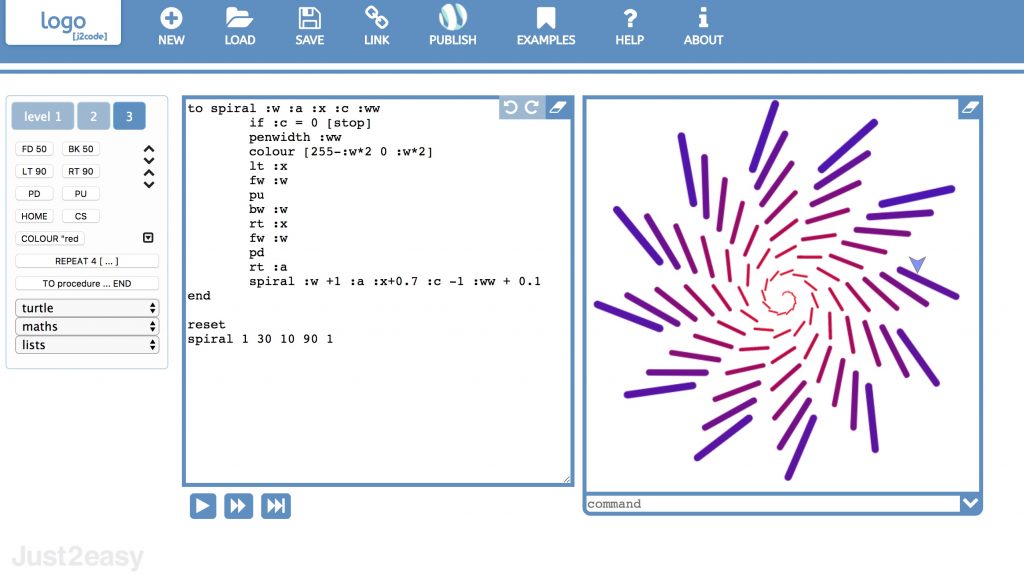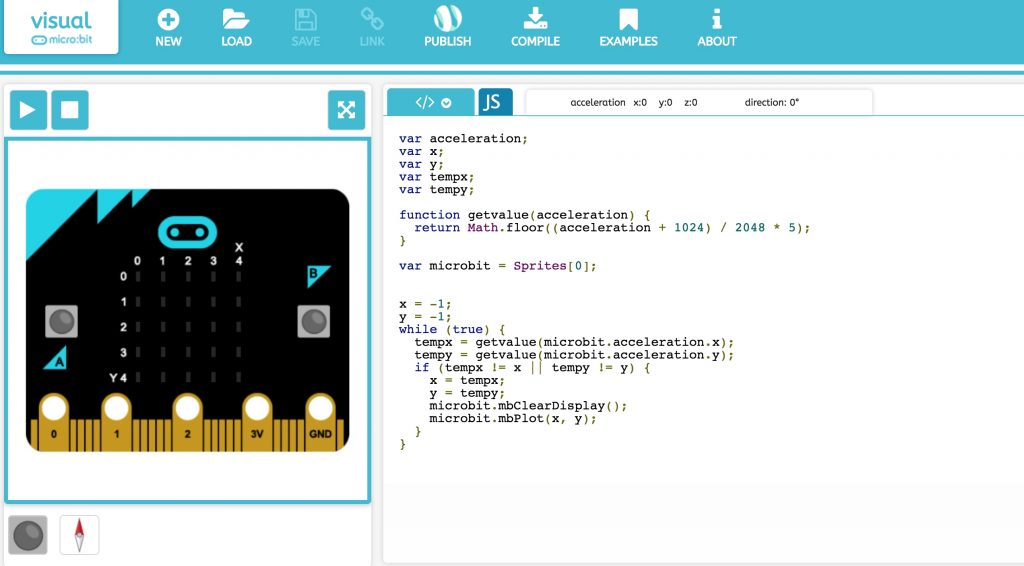
It’s EU Code Week, Code is asking to push coding and computational thinking in your school setting, you can use a range of LGfL resources to help support your coding activities, today we are going to focus on resources within J2Launch.
I spoke to Danny Young the Managing Director of Just2easy.
“Being digitally literate is becoming increasingly important for the future of our children and Just2easy have 2 offerings to help in that regard, j2code is a set of differentiated coding engines designed for ages 3 to 13, we made sure that there is was no need to have software to install and everything is accessed via your USO login. We also designed j2data which offers a different take on digital literacy, focusing on the data aspects, in particular, sorting, filtering and searching data”
J2code offers a range of coding languages to enable to explore coding:
JIT is a turtle based coding language in which you can code freely or use spite and background templates to create simple animations for KS1.

Visual is a block based coding language in which you can freely code to create more complex coding outcomes for Upper KS1 and KS2, you can see examples here.

Logo is a script based platform that you use to complex procedures perfect for upper KS2 and can be used in KS3.

J2e also offers a block based or script based platform for the micro:bit, what is great about this platform is that it offers 3 levels of differentiation, adding operators, variables and procedures, when needed.

Each coding language offers three detailed lesson plans, each designed as a starting point for a series of lessons. Children new to coding, whether at year 1 or year 2, will need to work through the basics, starting with lesson 1. Year 2 children should be able to move through the first two lessons much more quickly.
At the end of each lesson plan there are suggestions for further activities. It will help the children's learning experience if they are given plenty of time for consolidation and adaption of skills learnt before moving on to the next lesson plan. J2Code is designed to be open ended rather than prescriptive in order to encourage children's creativity and problem-solving skills.
To help both teachers and students J2E have included a glossary for the various computational terminology used, there is also a link to this in each lesson plan.
One last excellent resource in J2Code is that you have the option to import files from Scratch, so you can use, share and remix over 25,221,811 projects from the Scratch creative community.
All the coding work created within any of the coding platforms can be sent to the Blogging platform built into the Creative ToolKit System. This unique element significantly enhance the scope for broadening the audience for the students Coding and facilitates peer review.
Tell us what you are doing for EU Code Week in your school and share your work either on our Twitter or Facebook pages